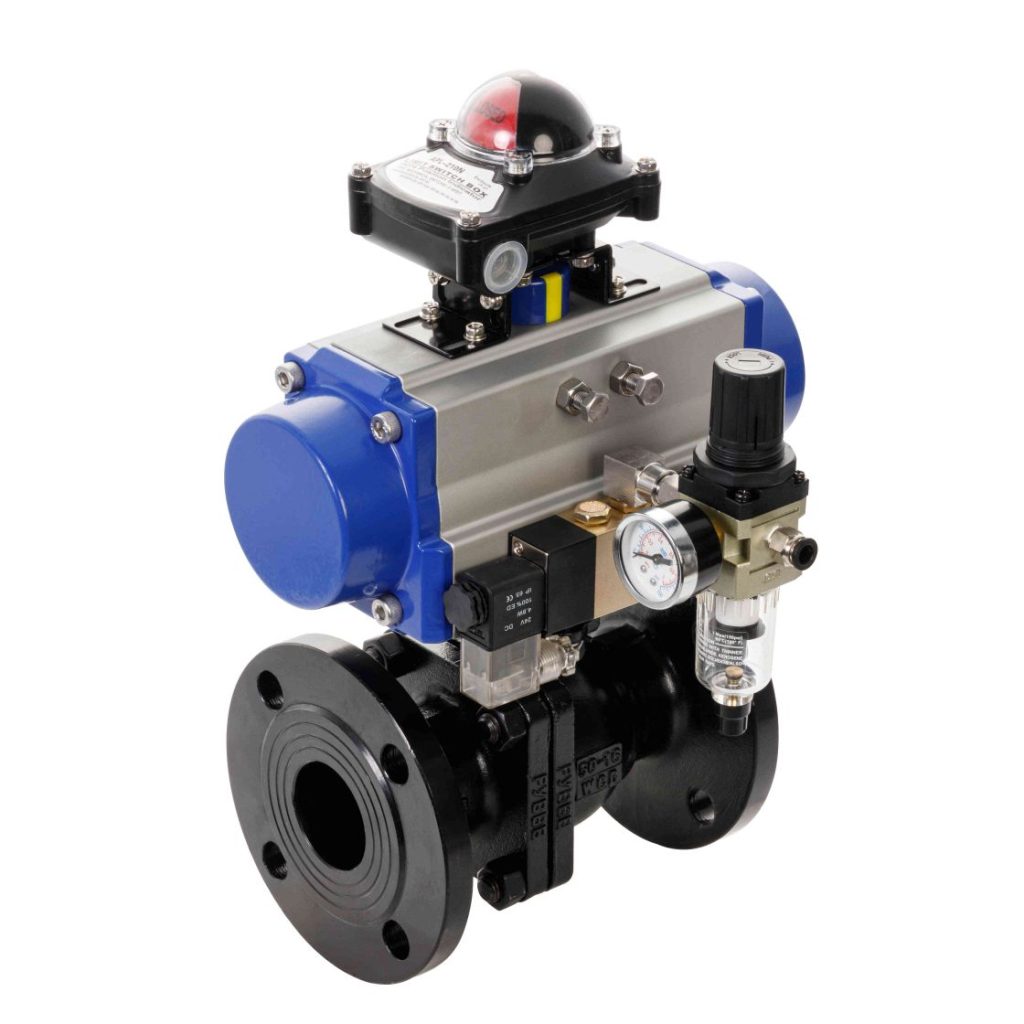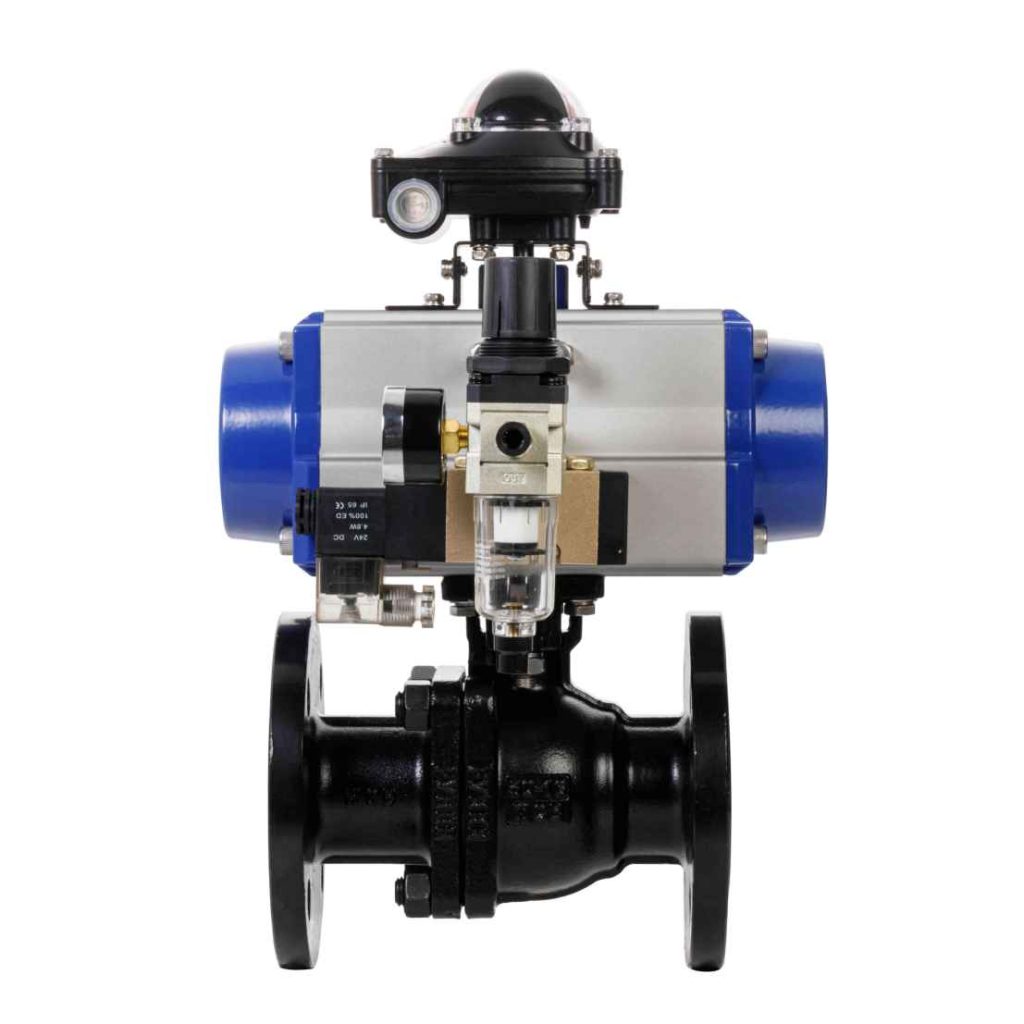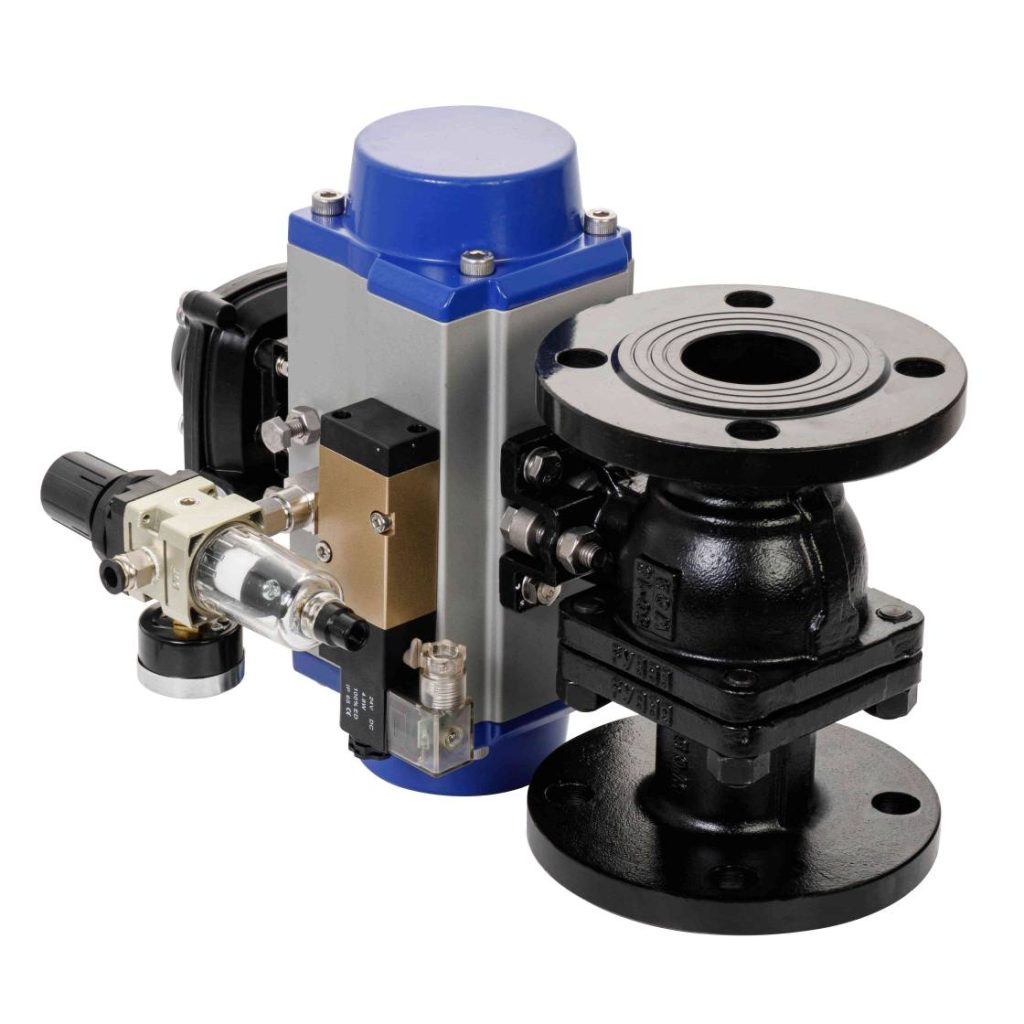Pneumatic ball valves are a key component in modern industrial automation systems, providing reliable, efficient, and safe control over the flow of fluids and gases. These valves are widely used across various industries, including oil and gas, chemical processing, food and beverage, pharmaceuticals, and water treatment. In this article, we will delve into the workings of pneumatic ball valves, explore their advantages, and examine the diverse range of applications where they play a vital role.

What is a Pneumatic Ball Valve?

A pneumatic ball valve is a type of valve that uses compressed air (or pneumatics) to operate the ball mechanism inside the valve. The ball valve consists of a spherical closure element (the ball) that has a hole or port through the center. When the valve is in the “open” position, the hole aligns with the flow path, allowing fluid or gas to pass through. When the valve is closed, the ball rotates 90 degrees, blocking the flow. The ball’s movement is powered by pneumatic actuators, which are controlled by an external air supply. The actuation process is typically fast and reliable, providing a swift response to changes in process conditions. Pneumatic ball valves can be automated to control the flow of media without the need for manual intervention, offering significant advantages in terms of efficiency, safety, and control.
